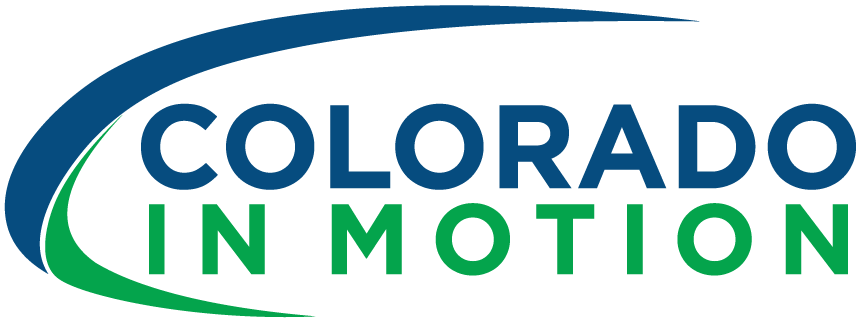Tennis elbow or lateral elbow tendinopathy is one of the most commonly diagnosed conditions of the upper extremity (Day, Bush, Nitz, & Uhl, 2015). Tennis elbow has a prevalence rate of 1-3% in adults and accounts for elbow pain in over 12% of individuals in the workforce (Rompe, Overend, & MacDermid, 2007).
Tennis elbow is a degenerative process that affects the lateral aspect or outside of the elbow. Tennis elbow occurs when there is repetitive stress to the elbow from resisted wrist extension. Activities which require repetitive or sustained wrist extension may include tennis, wringing out a washcloth, typing, and use of hand tools like a screwdriver. Stress to the lateral elbow increases when performing activities that require wrist extension with your arm fully extended.
One way in which individuals can prevent overuse and/or added stress to the lateral elbow is by performing activities with arms close in to your body with palms up when possible. Proper lifting techniques are important to remember any time you are lifting.
It is important to remember that lateral elbow pain is caused by resisted wrist extension not elbow motion. Therefore, keeping your wrist in a neutral position, when performing activities, will decrease the chances of over using the wrist extensors and help to prevent elbow pain.
Stretching the wrist extensors is an effective self-management tool that can be utilized when elbow pain starts and/or as a preventative stretch when occupational demands require repetitive wrist extension.
Tennis elbow is often considered a chronic condition that can last for several weeks or months at a time resulting in a chronic pain condition. It is important to remember that there are many factors to pain. Our pain perceptions come from the brain and can be complicated by stress, mood, fear, and misconceptions. Because pain is multifactorial it can be treated in a variety of ways.
There are many techniques that can be effective in managing the symptoms of lateral elbow pain. When the body experiences pain our nervous system can get ramped up and become hypersensitive. Deep breathing can help calm the nervous system and change the way the brain perceives pain.
A simple deep breathing exercise can be done by inhaling to a count of four, and exhaling to a count of four. This can be modified to a count of four as you inhale and a count of five as you exhale, then to a count of six or seven as you exhale. This simple breathing exercise can assist with calming the sympathetic nervous system and decreasing pain. While deep breathing will not be the only exercise you will need it is a great start to calming the nervous system and decreasing pain.
Go ahead. Take a deep breath.
Dr. Lorie Y. Barker is a certified hand therapist at Colorado In Motion.
References
Day, J.M., Bush, H., Nitz, A.J., & Uhl, T.L. (2015). Scapular muscle performance in individuals with lateralepicondylalgia. Journal of Orthopaedic & Sports Physical Therapy, 45(5), 414-424.
doi: 10.2519/jospt.2015.5290
Rompe, J.D., Overend, T.J., & MacDermid, J.C. (2007). Validation of the Patient-rated Tennis Elbow
Evaluation questionnaire. Journal of Hand Therapy, 20, 3-11.
